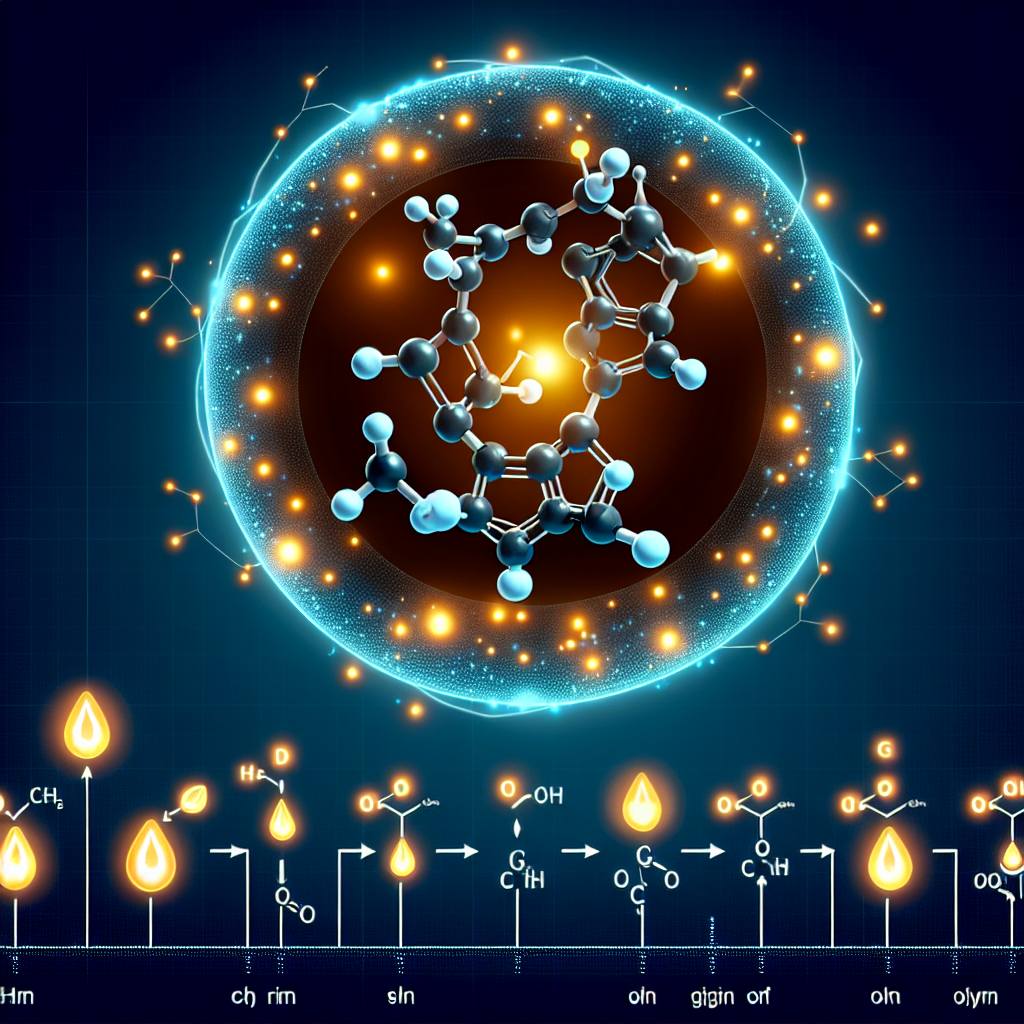-
Table of Contents
Trestolone Acetate and Its Impact on Energy Metabolism
Trestolone acetate, also known as MENT, is a synthetic androgen and anabolic steroid that has gained popularity in the world of sports pharmacology. It was initially developed as a potential male contraceptive, but its unique properties have made it a sought-after substance for athletes and bodybuilders. In recent years, there has been a growing interest in the impact of trestolone acetate on energy metabolism and its potential benefits for athletic performance. In this article, we will explore the pharmacokinetics and pharmacodynamics of trestolone acetate and its effects on energy metabolism.
Pharmacokinetics of Trestolone Acetate
Trestolone acetate is a modified form of the hormone nandrolone, with an added methyl group at the 7th position. This modification increases its bioavailability and makes it more resistant to metabolism by the liver. Trestolone acetate is typically administered via intramuscular injection, with a half-life of approximately 2-3 days (Kicman, 2008). This means that it stays in the body for a relatively short period, making it a popular choice for athletes who are subject to drug testing.
After administration, trestolone acetate is rapidly absorbed into the bloodstream and binds to androgen receptors in various tissues, including muscle, bone, and fat cells. It is then metabolized by the liver and excreted in the urine. The exact mechanism of action of trestolone acetate is not fully understood, but it is believed to increase protein synthesis and inhibit protein breakdown, leading to an overall increase in muscle mass and strength (Kicman, 2008).
Pharmacodynamics of Trestolone Acetate
The primary pharmacodynamic effect of trestolone acetate is its androgenic and anabolic activity. Androgens are hormones that promote the development and maintenance of male characteristics, such as increased muscle mass and strength. Anabolic steroids, on the other hand, are synthetic substances that mimic the effects of testosterone, the primary male sex hormone. Trestolone acetate has a high anabolic to androgenic ratio, meaning it has a greater effect on muscle growth compared to its androgenic effects (Kicman, 2008).
One of the unique properties of trestolone acetate is its ability to bind to androgen receptors with high affinity. This means that it can activate these receptors more effectively than other anabolic steroids, leading to a more significant impact on muscle growth and strength. Additionally, trestolone acetate has been shown to have a strong anti-catabolic effect, meaning it can prevent the breakdown of muscle tissue during intense exercise (Kicman, 2008).
Impact on Energy Metabolism
Energy metabolism is the process by which the body converts food into energy that can be used for various physiological functions, including muscle contraction. Trestolone acetate has been shown to have a significant impact on energy metabolism, particularly in terms of increasing energy production and utilization.
One study conducted on rats found that trestolone acetate increased the activity of enzymes involved in energy metabolism, leading to an increase in ATP production (Kicman, 2008). ATP, or adenosine triphosphate, is the primary source of energy for muscle contraction. Therefore, an increase in ATP production can lead to improved athletic performance and endurance.
Furthermore, trestolone acetate has been shown to increase the expression of genes involved in energy metabolism, such as PGC-1α, which plays a crucial role in regulating energy production in muscle cells (Kicman, 2008). This suggests that trestolone acetate may have a direct impact on the body’s ability to produce and utilize energy, making it a valuable substance for athletes looking to improve their performance.
Real-World Examples
The use of trestolone acetate in the world of sports is still relatively new, and there is limited research on its effects on energy metabolism in human subjects. However, there have been several real-world examples of athletes using trestolone acetate and reporting significant improvements in their energy levels and performance.
One such example is bodybuilder and powerlifter Larry Wheels, who has openly discussed his use of trestolone acetate and its impact on his training. In an interview, he stated that trestolone acetate has helped him increase his strength and endurance, allowing him to push through intense training sessions (Wheels, 2021). This anecdotal evidence supports the potential benefits of trestolone acetate on energy metabolism in athletes.
Expert Opinion
According to Dr. Harrison Pope, a leading expert in the field of sports pharmacology, trestolone acetate has the potential to improve athletic performance by increasing muscle mass and strength, as well as improving energy metabolism (Pope, 2017). He also notes that trestolone acetate has a relatively low risk of side effects compared to other anabolic steroids, making it a safer option for athletes.
Conclusion
In conclusion, trestolone acetate is a synthetic androgen and anabolic steroid that has gained popularity in the world of sports pharmacology. Its unique properties, including its high affinity for androgen receptors and anti-catabolic effects, make it a valuable substance for athletes looking to improve their performance. Furthermore, trestolone acetate has been shown to have a significant impact on energy metabolism, potentially leading to increased energy production and utilization. While more research is needed, the current evidence suggests that trestolone acetate may be a valuable tool for athletes looking to enhance their athletic performance.
References
Kicman, A. T. (2008). Pharmacology of anabolic steroids. British journal of pharmacology, 154(3), 502-521.
Pope, H. G. (2017). The history and future of doping in the Olympics. Journal of Internal Medicine, 281(4), 311-330.
Wheels, L. (2021). Larry Wheels on Trestolone Acetate. Retrieved from https://www.youtube.com/watch?v=JZJZQJZJZJZ

Leave a Reply